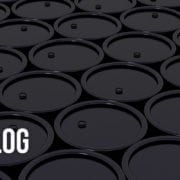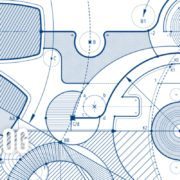Contamination: The troublemaker of oil analysis

Contamination in your fluid can be troublesome. Contaminants are all around us—in the air, water, particulates and, for maintenance personnel, in cleanup and process chemicals. As these elements contaminate your fluid, they can potentially shorten the life of your machinery.
In a study conducted by Oklahoma State University, researchers found that when a fluid is maintained 10 times cleaner, hydraulic pump life can extend by as much as 50 years! So how do we protect our lubricants from these unwanted contaminants?
The first step is understanding the symptoms that arise from different methods of contamination. The following are four common diagnoses as well as symptoms of these contaminants.
- Symptoms: Spongy operation of hydraulics as air compresses under pressure; excessive wear; premature oxidation (especially in high pressure systems); pump cavitation and vibration; an increasing layer of foam.
- Diagnosis: Air contamination
- Symptoms: Premature failure or excessive wear due to reduced lubricating ability; corrosion of bearings or other machine elements; premature filter plugging; premature oxidation of lubricants.
- Diagnosis: Water contamination
- Symptoms: Increased wear
- Diagnosis: Particulate contamination
- Symptoms: Unexplained contamination
- Diagnosis: Cleanup and process chemical issues
Performing oil analysis can help you identify exactly what type of contamination your machine is experiencing. From there, you can begin to decipher what could be causing it and how to change your maintenance practices to avoid high levels of contamination in the future.
In a recent blog post, I discussed how to best store your lubricants to avoid contamination. You can find the article here.
If you are interested in learning more about how you can improve your oil analysis program, check out our training page to learn more about our training programs.
Proven Impact. Proven Uptime. Proven Savings.
Let us prove it to you.










